Home>Articles>Can You Use A 16.3 Electrical Cord On A Weed Eater?
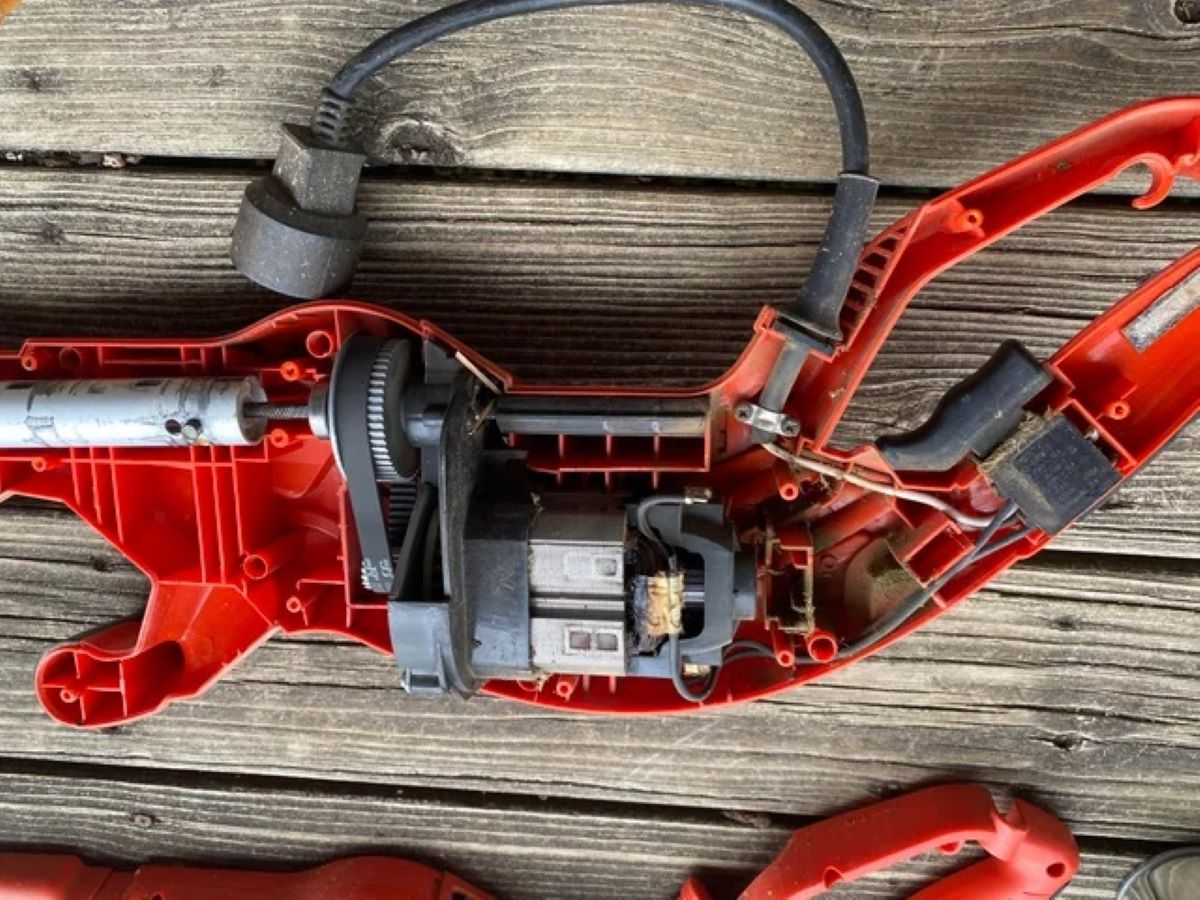

Articles
Can You Use A 16.3 Electrical Cord On A Weed Eater?
Modified: January 6, 2024
Find the perfect article on how long of a 16.3 electrical cord you can use on a weed eater. Explore different options and guidelines for maximum efficiency.
(Many of the links in this article redirect to a specific reviewed product. Your purchase of these products through affiliate links helps to generate commission for Storables.com, at no extra cost. Learn more)
Introduction
When using a weed eater, it’s important to have the right electrical cord length to ensure convenience and safety. The length of the cord plays a crucial role in determining how far you can move around your yard while operating the weed eater without the need for multiple power outlets or extension cords.
In this article, we will explore the factors to consider when determining the appropriate length of an electrical cord for a weed eater. We will also discuss the maximum recommended length of the cord and the different types of cords available. Additionally, we will provide some important safety precautions to keep in mind while using an electrical cord with a weed eater.
By understanding these key factors, you’ll be able to choose the right electrical cord length for your weed eater, ensuring hassle-free operation and a tidy yard.
Key Takeaways:
- Choose the right electrical cord length for your weed eater by considering yard size, power source location, and future needs. Adhere to safety precautions to ensure efficient and safe operation.
- Prioritize safety and convenience by using the maximum recommended cord length for your weed eater. Select the appropriate type of electrical cord and follow safety measures to minimize hazards and protect your equipment.
Read more: How To Store A Weed Eater
Factors to Consider
When determining the length of the electrical cord for your weed eater, there are several important factors to consider:
- Yard Size: The size of your yard plays a significant role in determining the ideal electrical cord length. If you have a small yard, you may only need a shorter cord, whereas a larger yard will require a longer cord to reach all areas without the need for extension cords.
- Power Source Location: Consider the location of the power outlet in relation to the areas you will be working in. If the power outlet is far from the intended work area, you’ll need a longer cord to reach it.
- Obstacles and Landscape: Take into account any obstacles such as trees, shrubs, or other structures that may impede your movement or limit access to power outlets. A longer cord may be needed to navigate around these obstacles.
- Portability: If you prefer flexibility and ease of movement, a longer cord can provide greater freedom to maneuver the weed eater without restrictions.
- Future Needs: Consider your future needs and potential changes to your yard. If you plan to expand your garden or make changes to the layout, it may be wise to invest in a longer cord to accommodate these future needs.
By carefully assessing these factors, you can determine the optimal length of the electrical cord for your weed eater, ensuring that you have enough reach without compromising on safety or convenience.
Maximum Recommended Length
While it’s important to consider the factors mentioned earlier, it’s equally crucial to be aware of the maximum recommended length of the electrical cord for your weed eater. Operating a weed eater with an excessively long cord can lead to voltage drop, decreased efficiency, and potential safety hazards.
The maximum recommended length of an electrical cord for a weed eater typically depends on its power rating, which is measured in amps. Different models of weed eaters have varying power requirements, so it’s essential to consult the manufacturer’s guidelines or user manual for specific recommendations regarding cord length.
As a general rule, most weed eaters with a power rating of up to 10 amps can safely use an electrical cord up to 100 feet long. However, if you have a higher power-rated weed eater, such as those exceeding 10 amps, it’s advisable to use a shorter cord to prevent voltage drop and overheating.
Using the maximum recommended length of the cord ensures that the weed eater receives a consistent and adequate power supply, allowing it to operate efficiently and effectively.
Remember, exceeding the recommended maximum cord length can lead to not only reduced performance but also potential risks, such as the cord overheating or electrical shorts. It’s crucial to prioritize safety and adhere to the manufacturer’s guidelines to protect yourself, your equipment, and your property.
When using a 16.3 electrical cord with a weed eater, it’s important to consider the power rating of the tool. Typically, a 16-gauge cord can handle up to 100 feet for a 10-amp tool, but it’s best to consult the manufacturer’s guidelines for the specific model.
Types of Electrical Cords
When it comes to choosing an electrical cord for your weed eater, there are several types to consider. Each type has its own features and benefits, so it’s important to select the one that best suits your needs and ensures safe operation.
- Standard Extension Cord: This is the most commonly used type of electrical cord for weed eaters. Standard extension cords are typically made of durable vinyl or rubber and are available in various lengths. They are suitable for most residential use and provide flexibility and convenience.
- Heavy-Duty Extension Cord: If you have a more powerful weed eater or need an extra robust cord, a heavy-duty extension cord is a great option. These cords are designed to handle higher amperage and are constructed with thicker insulation and heavier gauge wiring to prevent voltage drop and ensure reliable power supply.
- Outdoor Extension Cord: An outdoor extension cord is specifically designed to withstand outdoor conditions, including exposure to sunlight, moisture, and temperature variations. They have additional protective features such as UV-resistant coatings and water-resistant insulation. These cords are ideal for use in exposed areas or when working in wet conditions.
- Retractable Extension Cord: For those who value convenience and tidiness, a retractable extension cord is an excellent choice. These cords are housed in a reel mechanism that allows for easy extension and retraction, eliminating tangled cords and minimizing the risk of tripping hazards.
When selecting an electrical cord, ensure that it has the appropriate amperage rating to match your weed eater’s power requirements. Remember to always choose a cord that is UL-listed (Underwriters Laboratories) and specifically intended for outdoor use.
It’s worth noting that regardless of the type of electrical cord you choose, it’s essential to inspect it regularly for any signs of damage or wear. Replace any damaged cords immediately to avoid safety risks.
By understanding the different types of electrical cords available, you can make an informed decision and select the one that best fits your needs, ensuring efficient and safe operation of your weed eater.
Safety Precautions
Using electrical cords with a weed eater requires careful attention to safety precautions to ensure your well-being and the longevity of your equipment. Here are some important safety measures to follow:
- Cord Inspection: Before each use, inspect the electrical cord for any damages, such as fraying, exposed wires, or cuts. If you notice any defects, replace the cord immediately to avoid the risk of electrical shock or fire hazards.
- Proper Usage: Use the electrical cord only for its intended purpose, which is powering the weed eater. Avoid using the cord for other high-power devices or appliances, as this could overload the cord and cause damage.
- Unplug When Not in Use: Always remember to unplug the weed eater from the power source when not in use or during maintenance tasks. This prevents accidental starting or power surges that could damage the equipment or raise safety concerns.
- Ground-Fault Circuit Interrupter (GFCI): Consider using an electrical cord with a built-in Ground-Fault Circuit Interrupter. A GFCI provides additional protection against electrical shocks by instantly shutting off the power in the event of a ground fault or short circuit.
- Avoid Overstretching: Do not overstretch the electrical cord while using the weed eater. Overstretching can lead to strain on the cord, causing it to become damaged or disconnected from the power source. Maintain a safe distance from the power outlet to avoid these issues.
- Weather Considerations: When using an electrical cord outdoors, take weather conditions into account. Avoid operating the weed eater in wet or rainy conditions to prevent potential electrical hazards. If you must work in damp conditions, use a cord specifically designed for outdoor use to minimize risks.
- Storage: Store the electrical cord properly when not in use. Avoid winding it tightly or placing heavy objects on top of it, as this can cause damage and increase the risk of insulation failure. Instead, loosely coil the cord and store it in a dry location away from direct sunlight.
- Avoid Trip Hazards: Ensure the cord is well-secured and positioned away from walkways or areas where people may trip over it. Use cord organizers or temporary covers to keep the cord out of the way and reduce the risk of accidents.
By following these safety precautions, you can minimize the risk of accidents, electrical shocks, and damage to both yourself and your weed eater. Make safety a priority to enjoy a worry-free and efficient weed eating experience.
Read more: What Is 16/3 Extension Cord
Conclusion
Choosing the right electrical cord length for your weed eater is essential for both convenience and safety. Considering factors such as yard size, power source location, obstacles, and portability will help you determine the optimal cord length for your specific needs.
While the maximum recommended length of the electrical cord depends on the power rating of your weed eater, it’s crucial to adhere to these recommendations to prevent voltage drop and ensure efficient operation. Using the appropriate type of electrical cord, such as standard extension cords, heavy-duty cords, outdoor cords, or retractable cords, further enhances safety and convenience.
When using electrical cords with a weed eater, it’s important to follow safety precautions to minimize hazards and maintain the longevity of the equipment. Regularly inspecting cords for damage, using proper usage practices, and employing safety features such as GFCIs are crucial steps to protect yourself and your equipment.
By understanding and implementing these guidelines, you can confidently select the right electrical cord length for your weed eater, ensuring hassle-free yard maintenance and maintaining a safe working environment.
Remember, safety should always be a priority when working with electrical cords and power equipment. By following the recommended guidelines and taking proper precautions, you can enjoy the benefits of a well-maintained yard without compromising your well-being.
Frequently Asked Questions about Can You Use A 16.3 Electrical Cord On A Weed Eater?
Was this page helpful?
At Storables.com, we guarantee accurate and reliable information. Our content, validated by Expert Board Contributors, is crafted following stringent Editorial Policies. We're committed to providing you with well-researched, expert-backed insights for all your informational needs.


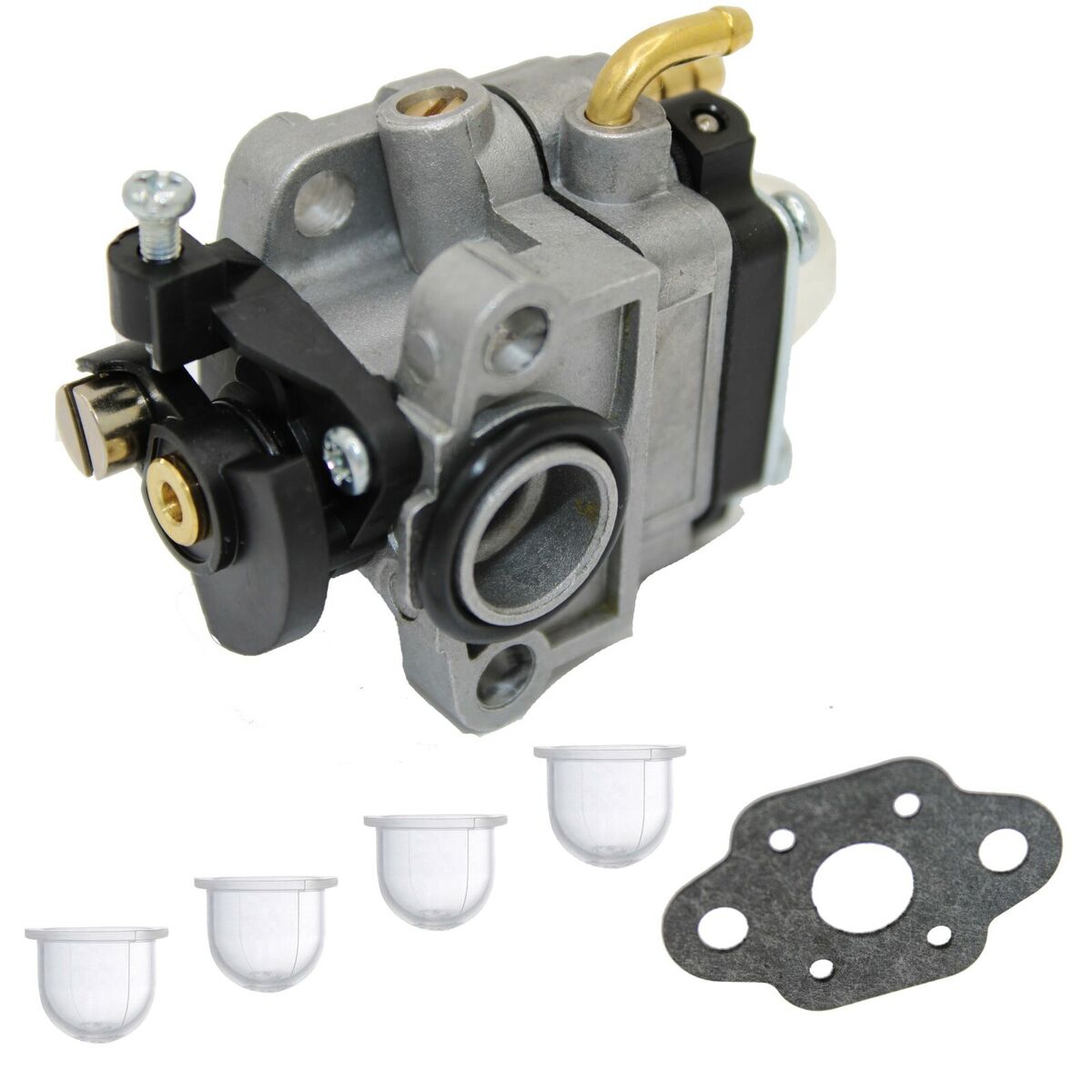
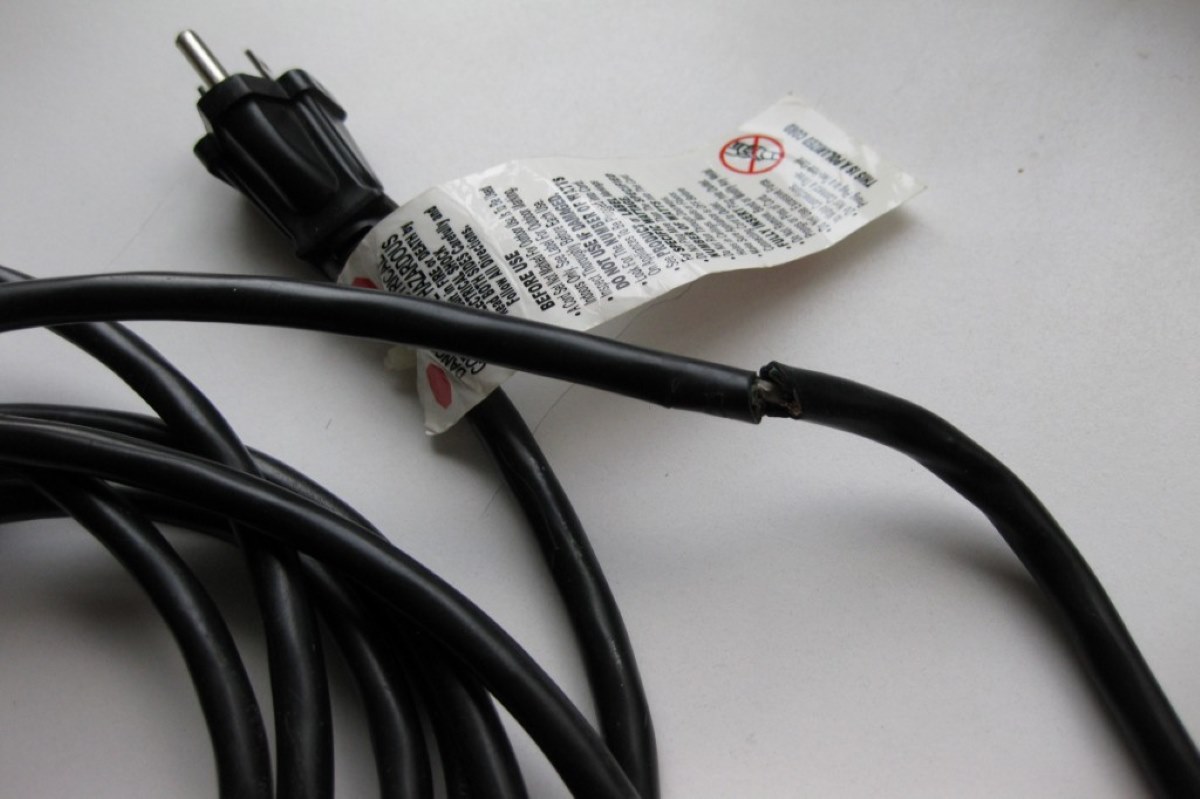
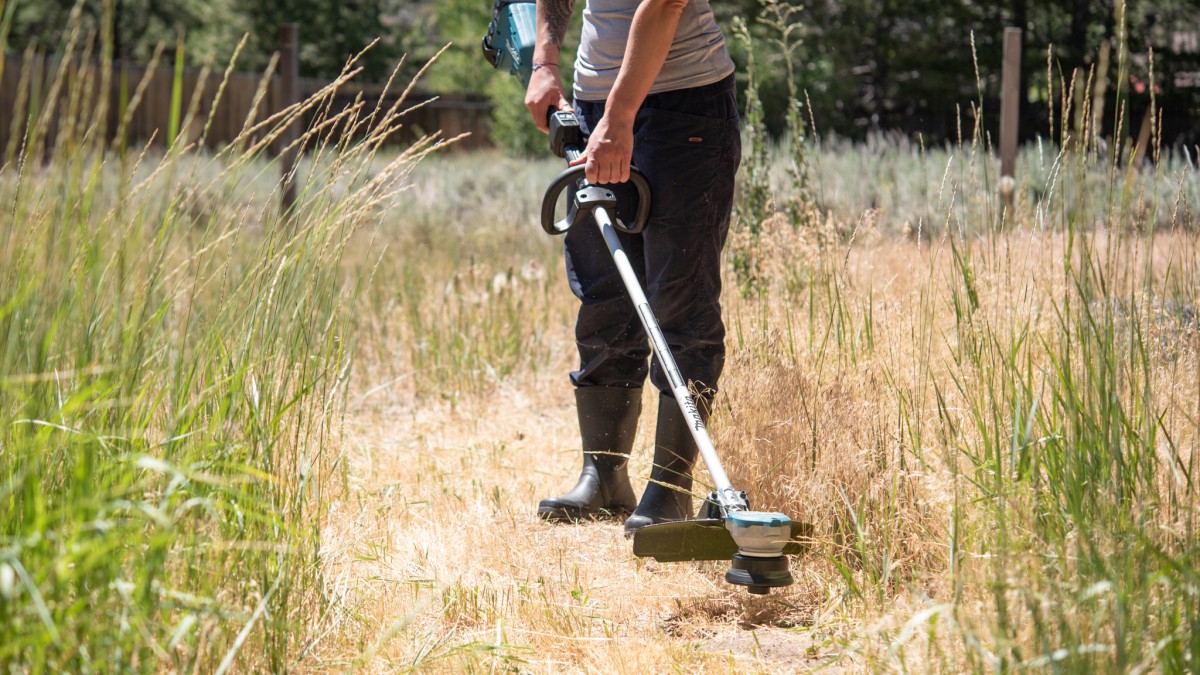
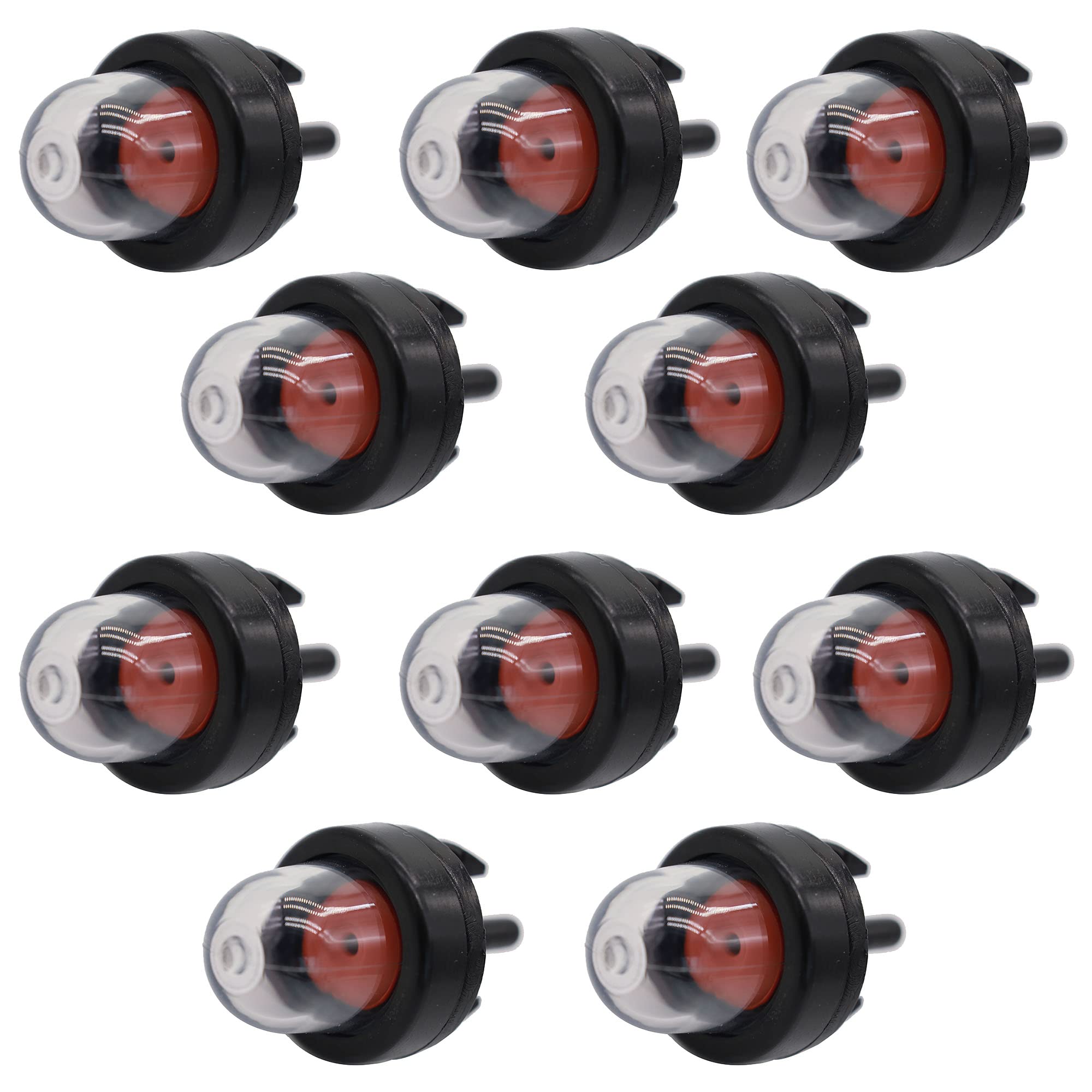
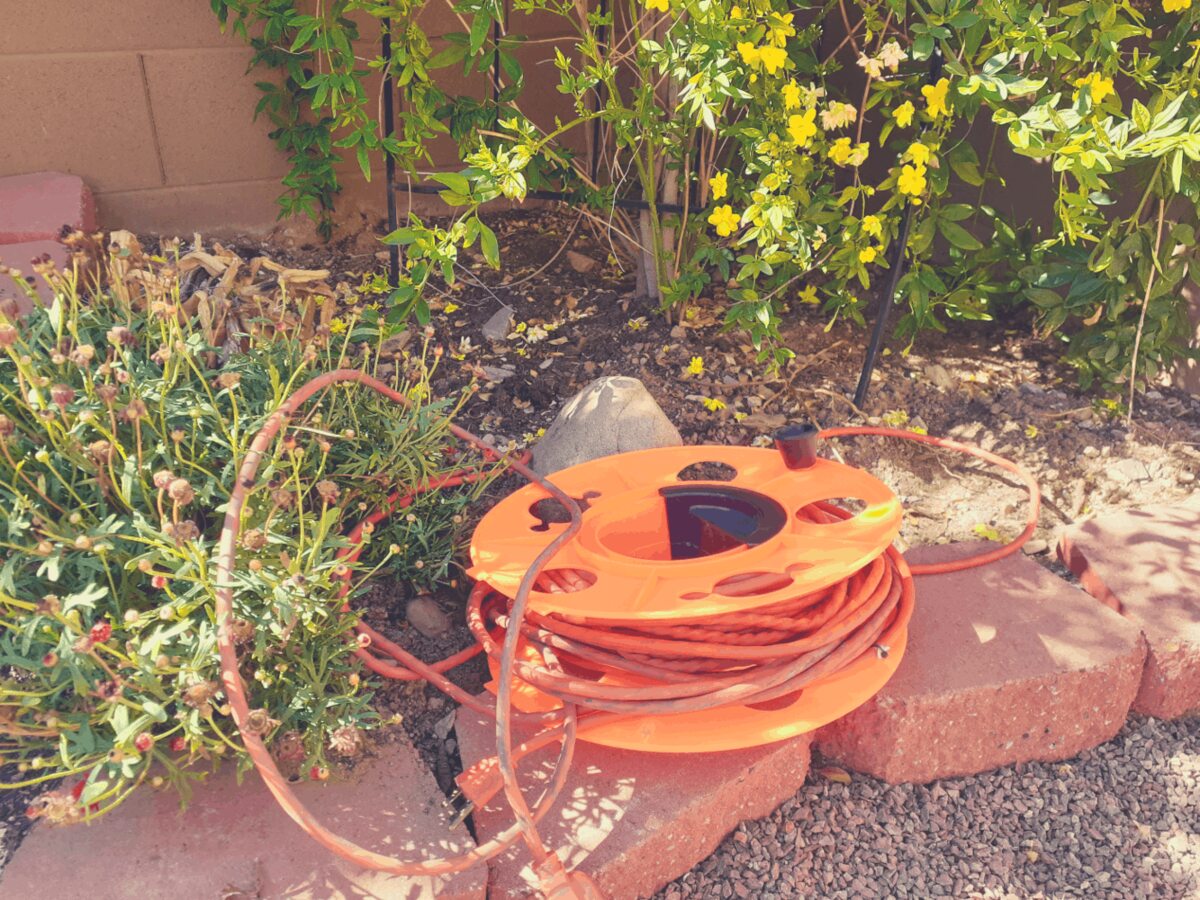
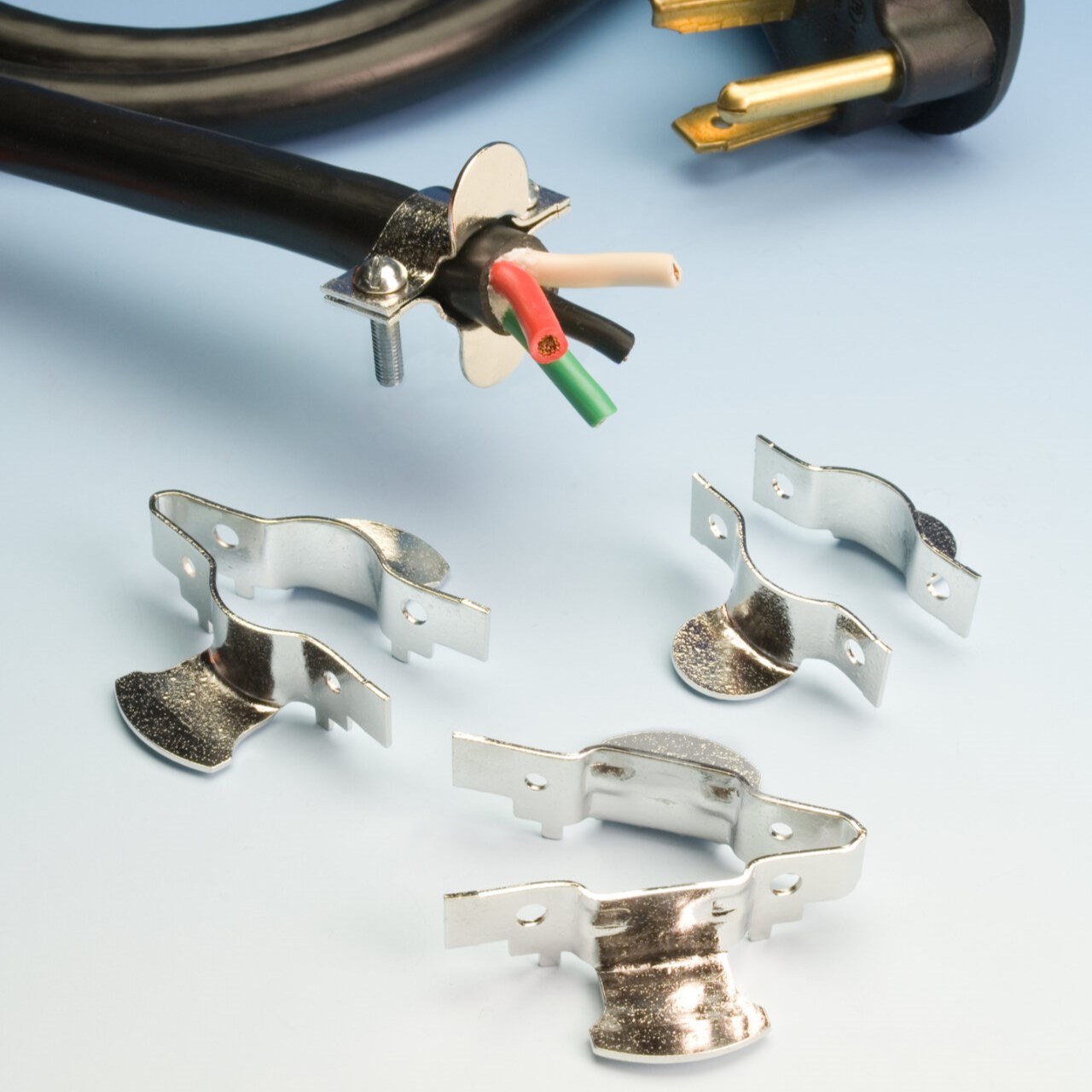
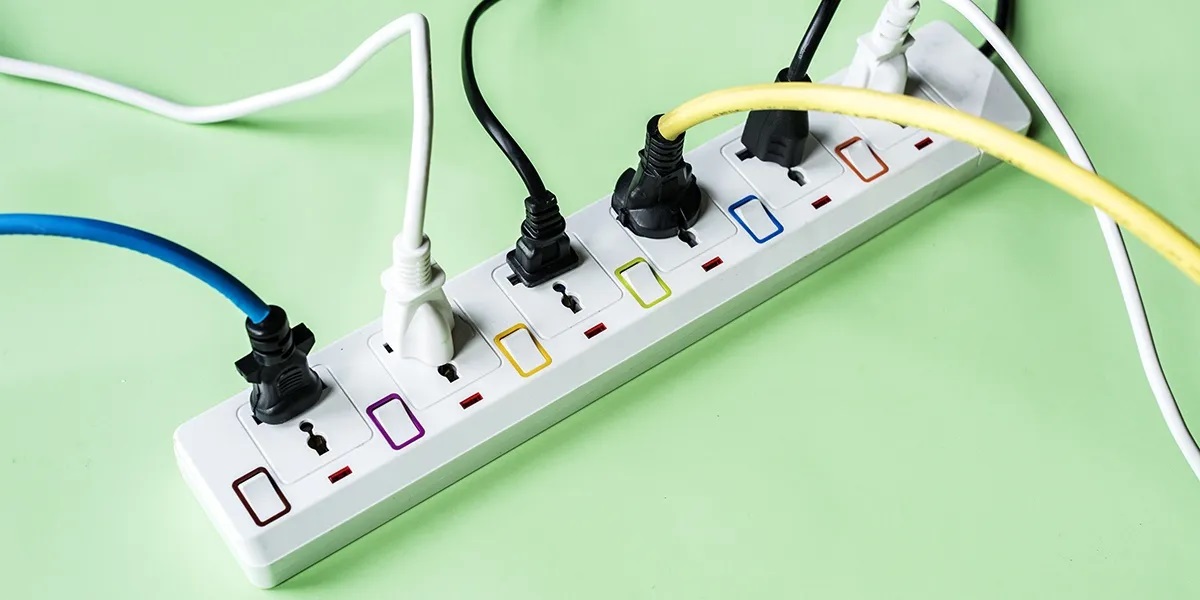
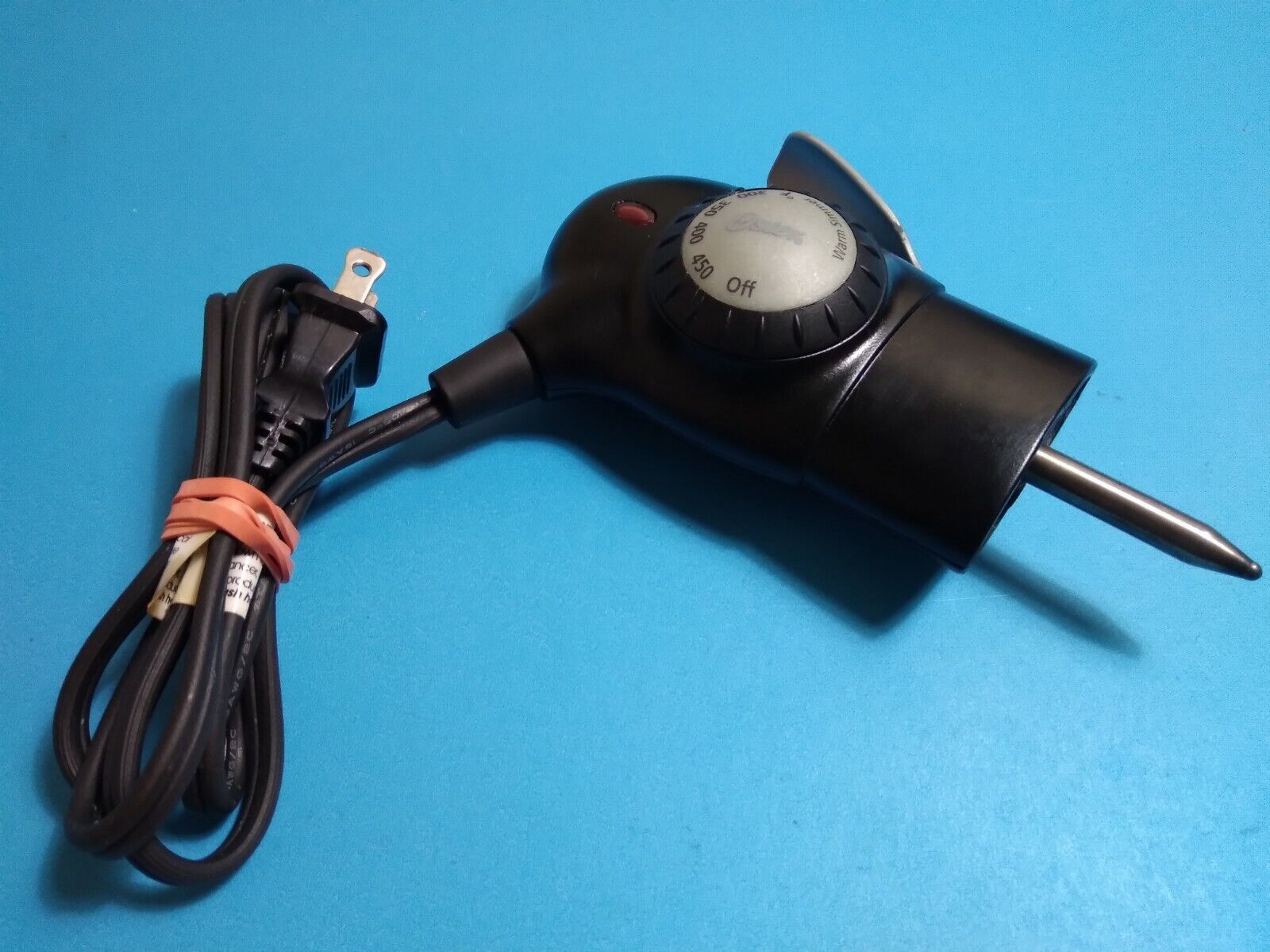
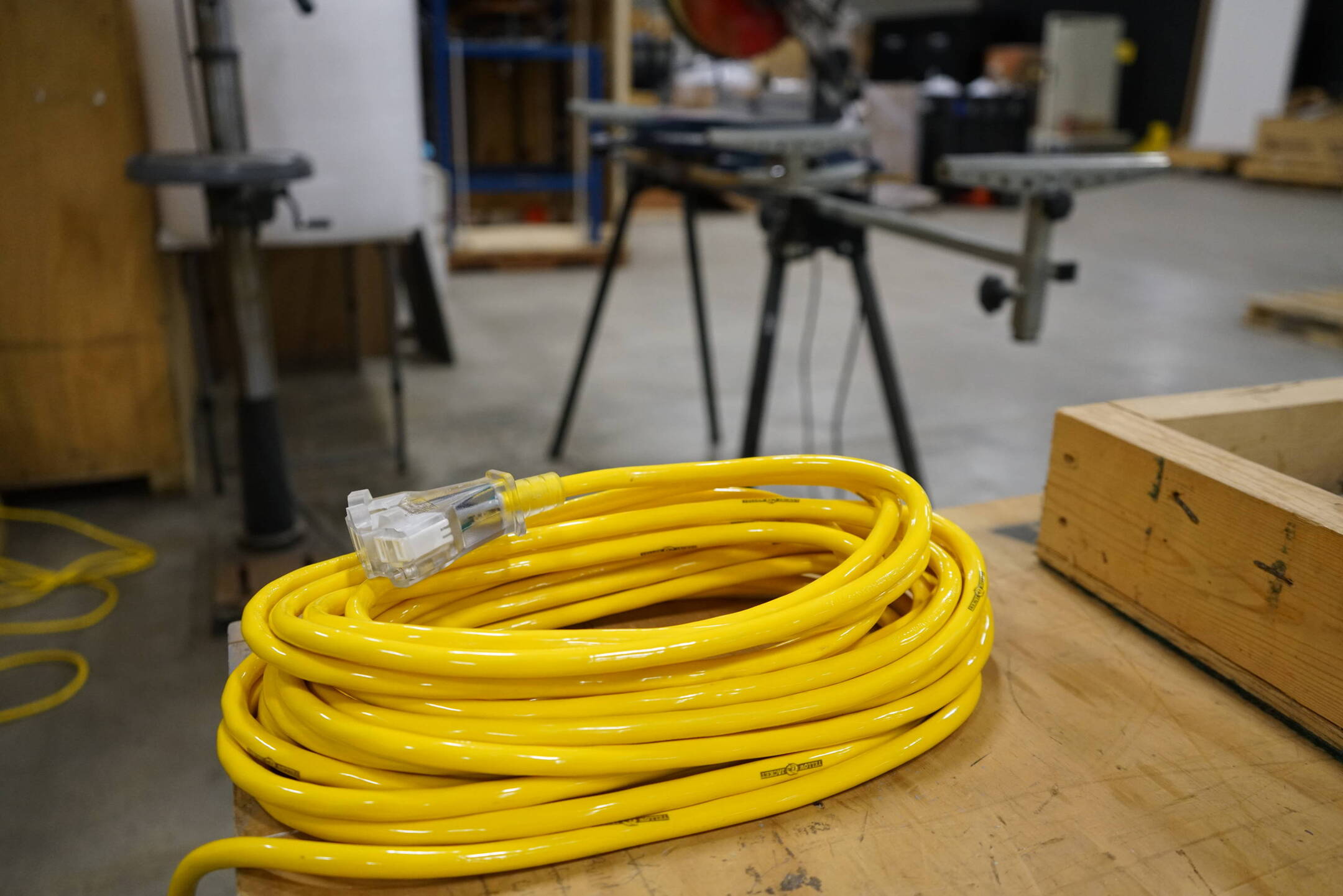

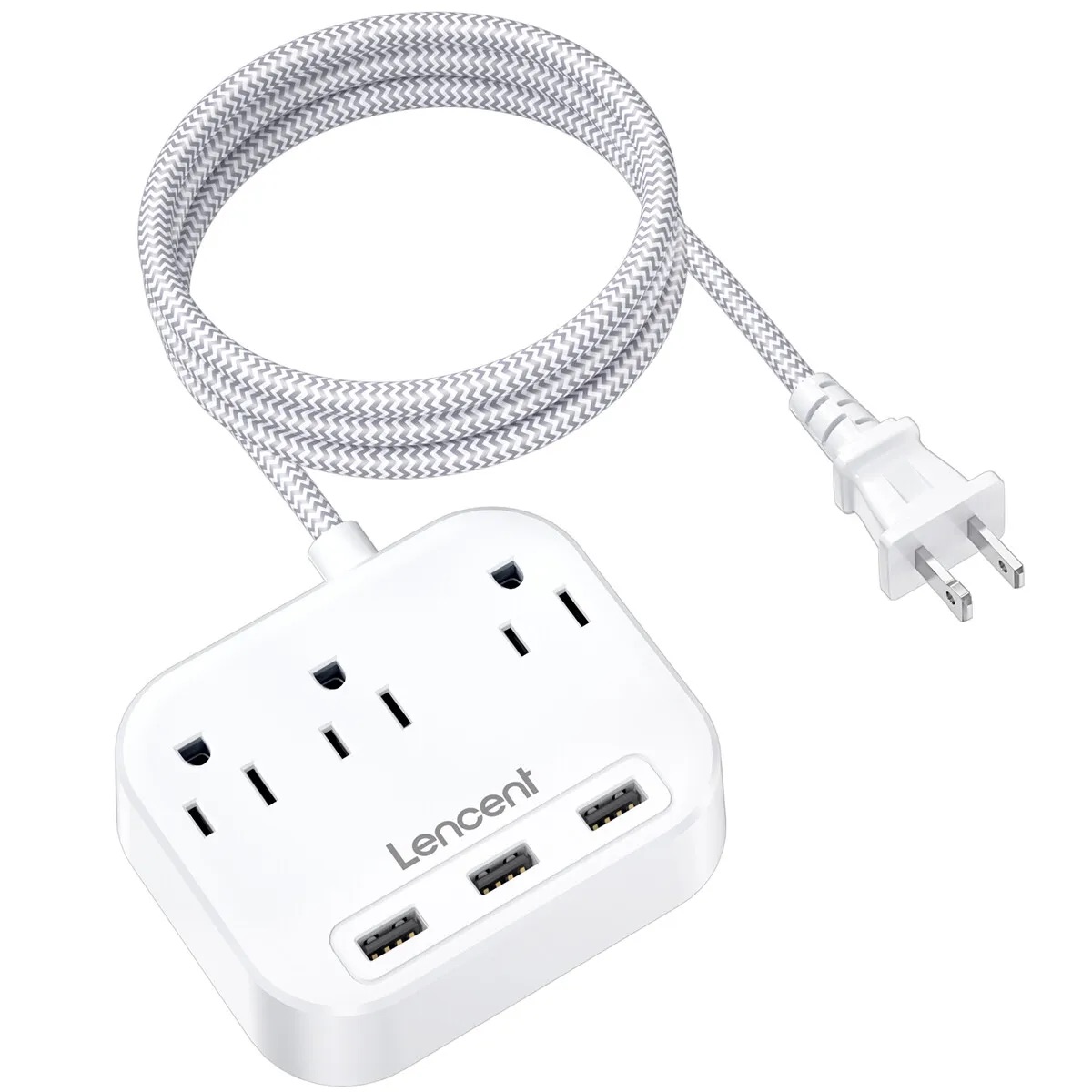
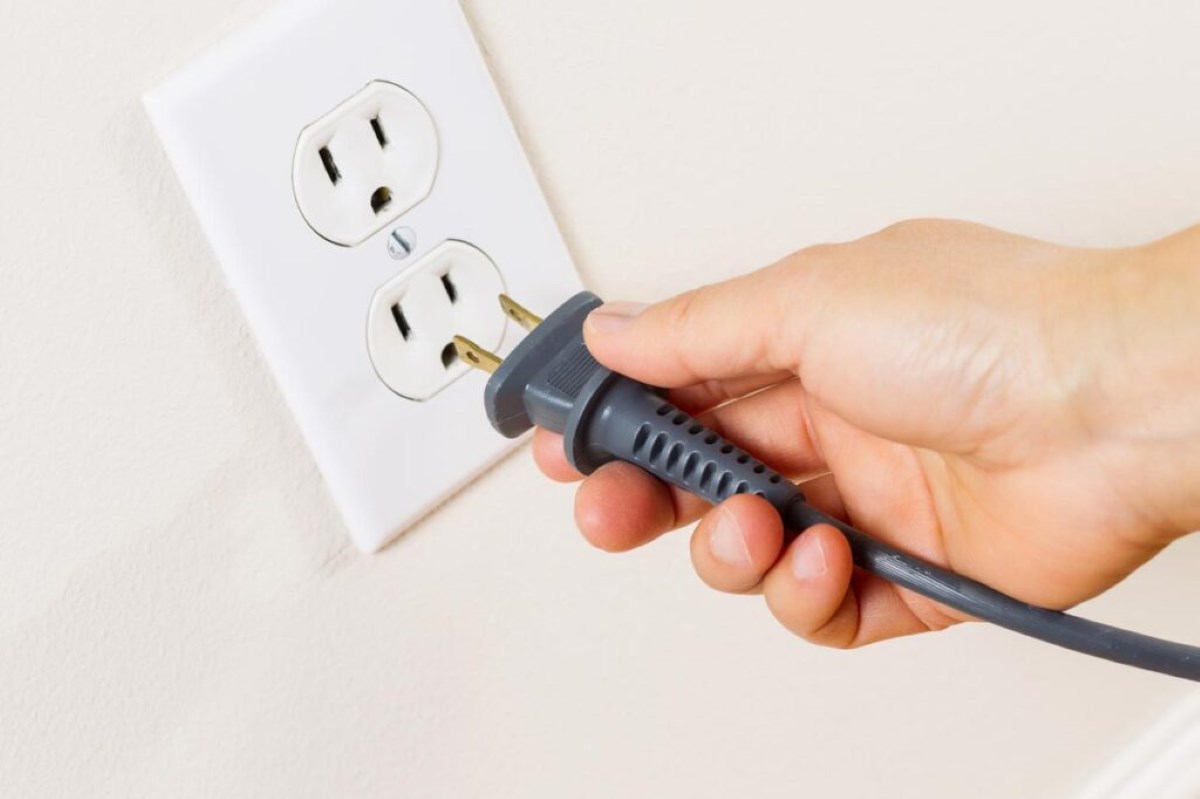

0 thoughts on “Can You Use A 16.3 Electrical Cord On A Weed Eater?”